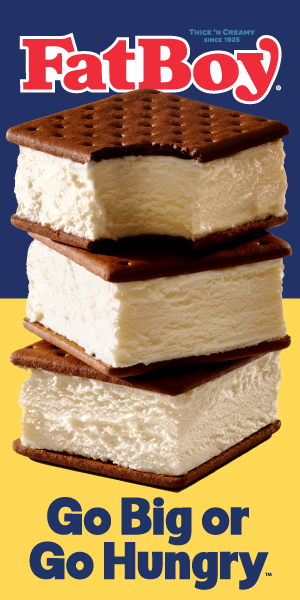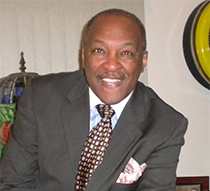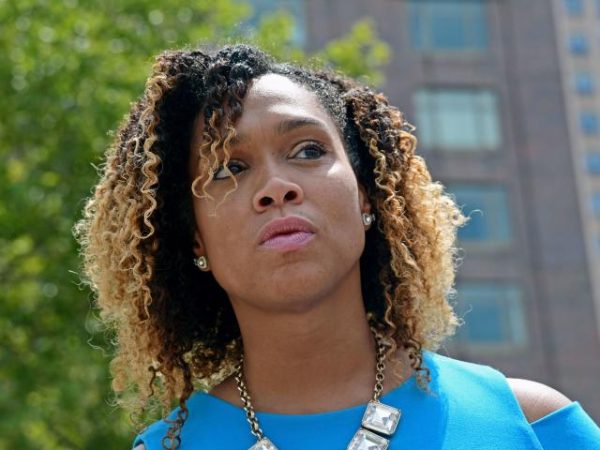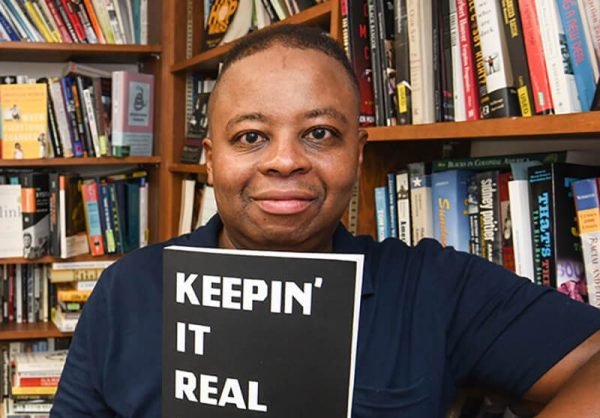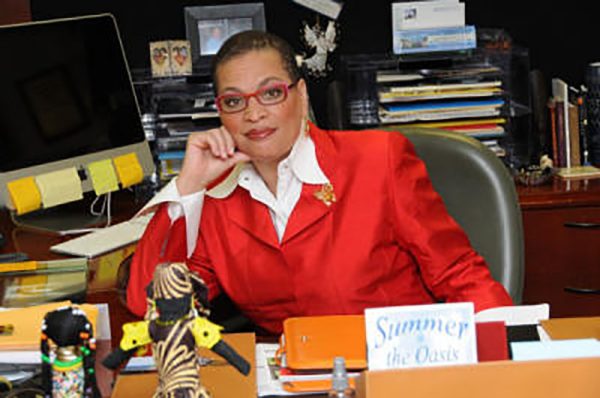Column: The time has come: Student-athletes can profit from name, images and likeness
July 1, 2021
It was a day many hoped for but never thought they would see; the NCAA will allow student-athletes to use their name, image and likeness (NIL) for endorsements and other ventures. The new policy will officially go into place July 1, 10 days after the Supreme Court unanimously ruled that the NCAA cannot put a cap on education-related funding for student-athletes.
There have been many cries against humanity against the model the NCAA used, from former UConn men’s basketball player Shabazz Napier sharing how he, then a tournament champion, goes to bed hungry at night, to the original days of Ed O’Bannon and his lawsuit for the use of NIL with video games and paraphernalia. It’s no secret the NCAA is a billion-dollar industry built on the performances inside the lines and the storylines outside of it, the Michigan Fab Five and the college sports video games are prime examples. Student-athletes never received a dime, officially anyway, for any of it, and it was all under the guise of one word:
Amateurism.
Amateurism was the ideal that the NCAA convinced itself it was upholding as to why players could not have endorsements or essentially any avenue to make money for themselves, yet make billions every year from TV deals, merchandise and, before they canceled it, a very successful college football and basketball video game. It was best summed up by Justice Brett M. Kavanaugh: “Traditions alone cannot justify the NCAA’s decision to build a massive money-raising enterprise on the backs of student athletes who are not fairly compensated.”
That era is now over; student-athletes can now reap the rewards of the reputations and personas they show on the field. Some players have already taken advantage of the ruling.
- Wisconsin quarterback Graham Mertz has trademarked his own logo
- Hanna and Haley Cavinder, twins who play women’s basketball at Fresno State, secure a sponsorship with Boost Mobile, the first wireless company to sponsor college athletes
- Iowa men’s basketball player Jordan Bohannon has started his own clothing line
Those are just a few names of those who have taken advantage of the new policies, and it is sure to be more before the fall seasons take place, but what else can we expect going forward?
Of course, the stars of Power 5 schools will likely get several endorsements and offers sooner or later, Miami’s D’Eriq King already signed two deals that come out to $20,000. Where a lot of money will be given out, however, will be more for the players who play for smaller schools.
For example, schools like Samford, Georgia Southern or Alabama State are not schools that are regularly on the national stage, but the footprint in their cities is enormous. That said, the best player on Alabama State’s football team will likely not get any national sponsorships, but the local car dealer, sandwich shop, or mechanic?
That is a win-win on the local level for both the student-athlete, the business and possibly the school. The player will get paid, the business will have a known face representing their brand, and the school will have local television and radio advertisements bringing attention to the university and events.
It is great for the athletes, and there’s potential for all parties to benefit from the new changes, but now there is a lot to work through for both the players and the NCAA. What are the new standards of eligibility? Will student-athletes be able to balance academics, athletics, sponsorships and endorsements? Will the competitiveness be impacted now players are being compensated? Could we see the return of college football and basketball video games?
Such questions will be responsible of the NCAA to answer as they aim to provide structure to the new NIL rules, especially since some states do not have any rules, or limitations depending on how you look at it, related to NIL (if states currently do not have rules, it’s up to individual institutions to establish them for their programs.) For now, we will watch as the biggest turning point since Title IX unfolds in the United States.





